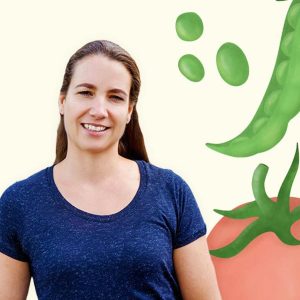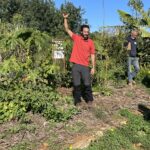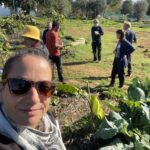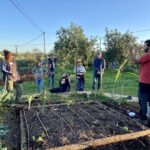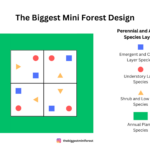‘The Biggest Mini Forest’ teaches me what regenerative farming truly is
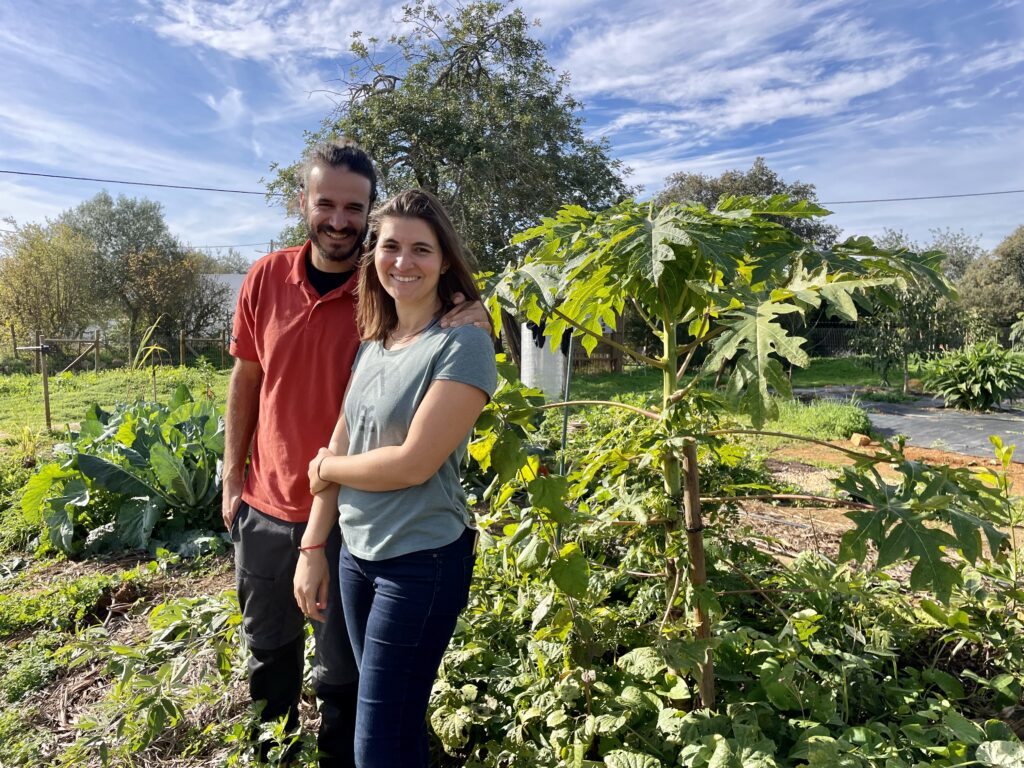
For a while now, I’ve been searching for what ‘regenerative agriculture’ really is and, more importantly, how to easily explain its core. I think I’ve finally found the answer.
(Please note that this text is translated by Open AI. I write my all my peas in Dutch)
Enhancing biodiversity, leaving the soil in better condition than you found it… these and more thoughts cross my mind when I think about what regenerative farming is. But at Terra Sintropica, I met Luís Afonso, and he provided me with an explanation that resonated. One that makes me think: yes, all our agriculture should meet this criterion. Here it is…
“Regenerative agriculture is an approach aimed at generating abundance in a diverse and resilient ecosystem for future generations. The farmer’s role goes beyond food production; they lay the foundation for an entirely new ecosystem. Even if the farmer withdraws, the natural development of that system ensures the area continues to provide food for humans and animals while enriching the soil.”
The beauty is, Luis, together with his partner Laura Cruz, turns this definition into reality. They’ve started “The Biggest Mini Forest” movement, of which I attended a workshop last weekend. The Biggest Mini Forest is a very accessible way to start your own food forest on just 4 square meters. This allows you to produce your own food while simultaneously building that resilient ecosystem.
The method requires few resources, and everyone is capable of creating their own mini forest. By employing principles of syntropic agriculture and the Miyawaki method, the forest grows rapidly, and in Portugal, you can sometimes harvest fruit within a year and fresh vegetables within a few months. Establishing it requires some work, but once it’s there, it almost sustains itself. You can create these small plots one by one in your (community) garden, or they can be added as biodiversity islands to monocultures.
Luis and Laura’s project has only just begun. The goal is to create a movement where ‘mini foresters’ help each other with establishment and exchange seeds and cuttings. This is powerful because all these small islands together can truly make a difference. The couple would love to get the movement started in the Netherlands as well. If you’re interested in contributing, let me know!
Ik ben Chantal en reis door het land in mijn camper searching for peas. Ik maak verhalen vol inspiratie over peasmakers; voedselveranderaars die werken met hun hart en zo de wereld veranderen. Ik ga aan de slag bij ze voor een dag of week. Zo leer ik hun missie beter kennen en kom ik erachter wat hen drijft als persoon. In de tussentijd probeer ik te ontdekken wat het voor mij betekent om een goed leven te leven. Mijn ervaringen deel ik met jullie.
